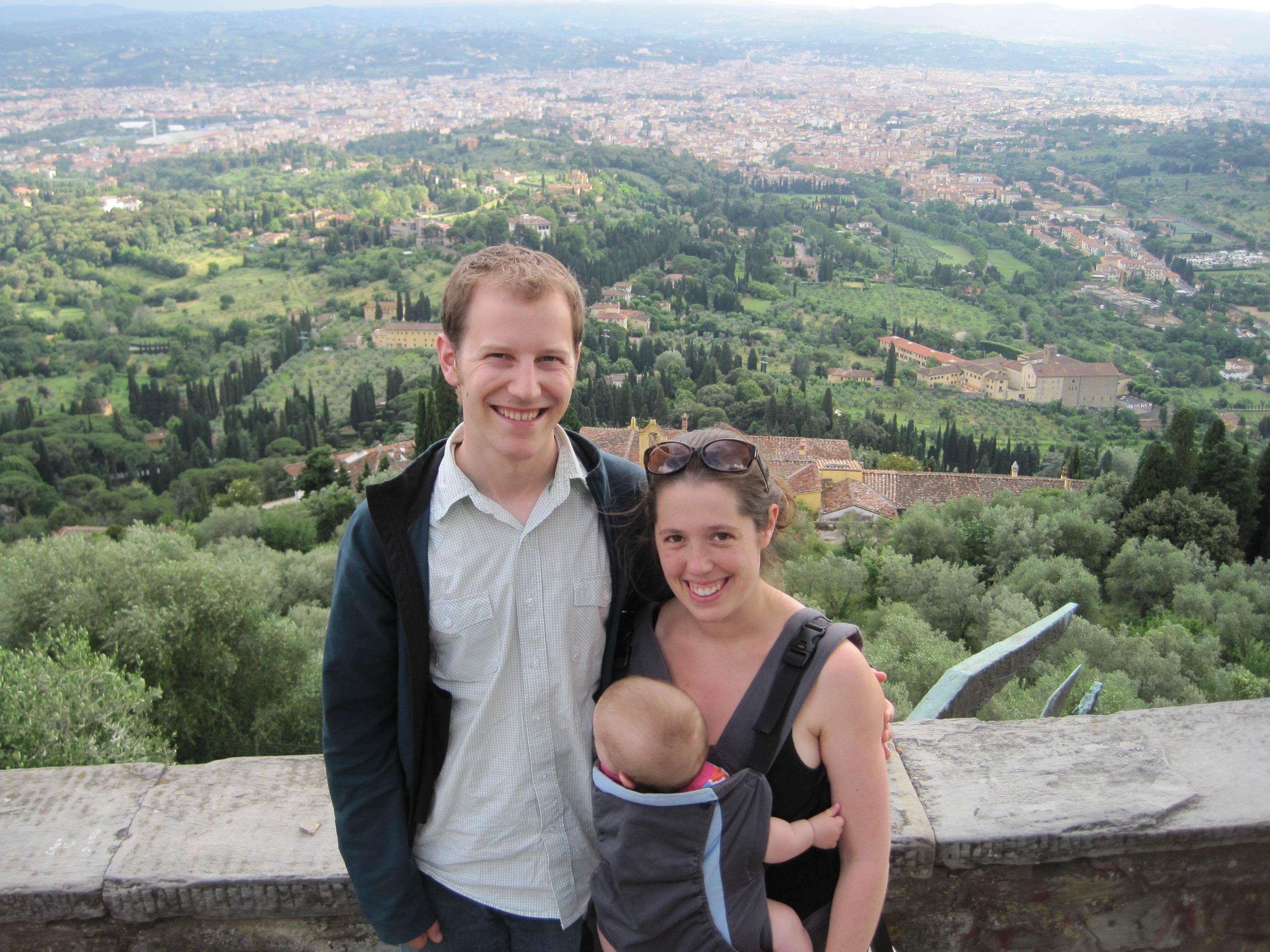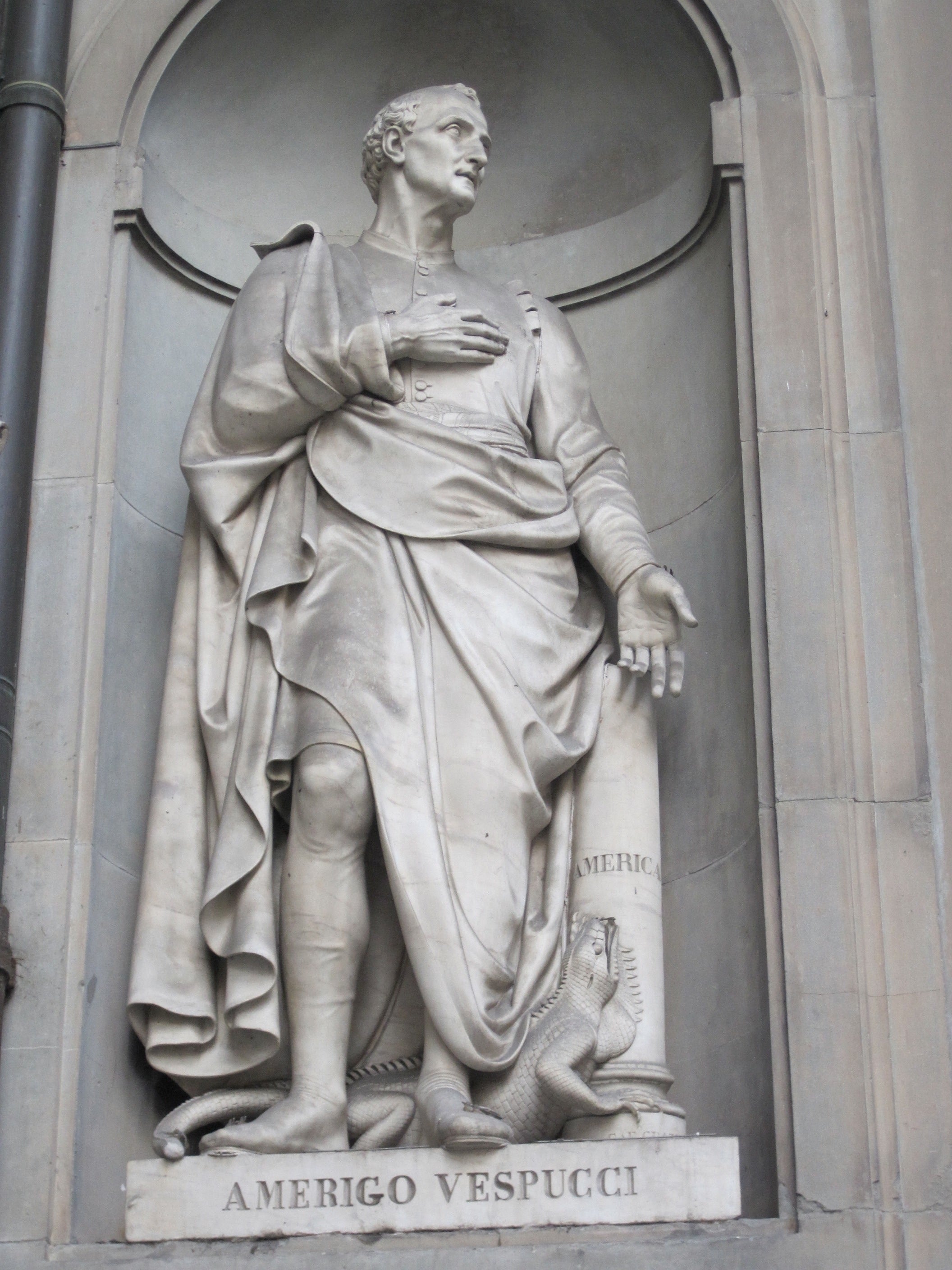The eighth edition of the Vespucci Summer Institute for the Advancement of Geographic Information Science was held from June 14th to June 18th, near beautiful Florence, Italy. The goals and purpose of the Summer Institute are outlined on the Vespucci website:
“The Summer Institute is aimed at researchers from the university, commercial, and government sectors. It provides an inspiring and productive opportunity for peer-to-peer interaction with leading international experts in the field. Participants will:
- Learn the state of the art in the topic areas
- Understand and explore tomorrow’s research and market challenges
- Be challenged to think laterally outside their daily work setting
- Present their own work and ideas to receive feedback and advice
- Get one-on-one access to experts in a relaxed and productive setting
- Improve presentation and team work skills
- Return home refreshed and newly motivated”

The themes for this year’s Summer Institute was “Interfacing Social and Environmental Modeling” with presentations by two teams, the first led by Gilberto Camara, from the Brazilian National Institute for Space Research (INPE), who focused on the use of spatial models to combat perceived misconceptions about the degree and extent of Amazonian deforestation, and the second was led by Henk Scholten and Eduardo Dias representing Vrije University, who focused on integrating scientific wildfire models with emergency response systems.
Both instruction teams framed their respective presentations around specific models that integrated social and environmental variables. In his lectures, Dr. Camara drew from many classic examples, such as Schelling’s segregation model, to demonstrate a basic approach to modeling with cellular automata. He then presented TerraME, an open-source GIS/modeling environment developed by the Brazilian National Institute for Space Research. Students were given time to follow a tutorial using sample data to familiarize themselves with the benefits and constraints of TerraME. Students then worked in groups to develop a hypothetical approach to modeling change dynamics in the Amazon.
Similarly, Dr. Scholten and Dr. Dias built their lectures on the use of the FARSITE fire model. Participants were given a self-paced tutorial to familiarize themselves with FARSITE. Then, working in groups, students developed a hypothetical model to represent the flow of information and decision steps used in an emergency management system. Dr. Scholten and Dr. Dias then presented their own comprehensive work on developing an emergency management system in the Netherlands, using the EAGLE system developed in collaboration with Microsoft.
I attended this event as one of 28 participants. The majority of attendees came from the United States, with 18 representatives from a variety of universities. The remaining 10 students hailed from institutions in Canada (2), Brazil (2), Germany (5), and the European Community Joint Research Centre (1). The experience level of attendees was varied, including recent master’s graduates, PhD students of all levels, and a small handful of postdoctoral and industry researchers. For me, the greatest benefit to attending the Vespucci Summer Institute was the opportunity to meet these other students and discuss the similarities and differences between our research. These conversations occurred informally over breaks for espresso and lunch, as well as at the two formal group dinners. I was struck by the incredible diversity represented in the group of attendees – in addition to many typical “GIScientists”, there were individuals with backgrounds in fields such as political science, sociology, robotics, engineering, computer science, public health, and ecology. I found that each participant had an important viewpoint and the opportunity to access this “collective intelligence”, even just in an informal setting, was one of the most valuable aspects of the week. I have no doubt that I will stay in touch with many of these fellow participants, and look forward to future collaboration as our careers progress.

The 2010 Vespucci Summer Institute was a very memorable experience. The setting was very comfortable and the technologies presented by the instructors showed important applications of GIScience tools in diverse areas. Most important however, were the unstructured networking opportunities that occurred between students and also between students and instructors. Considering that I spend much of my work time in front of a computer screen, it is easy to forget the benefits that come from face-to-face communication. For this reason, the Vespucci Summer Institute was a strong reminder that one conversation over coffee can produce much more than dozens of emails.
I would like to thank the Summer Institute organizers Michael Gould, Max Craglia, David Mark, and Werner Kuhn, for their efforts in making the Vespucci Institute happen. I would also like to thank the generosity of the GEOIDE Network in providing funding without which I would not have been able to attend.